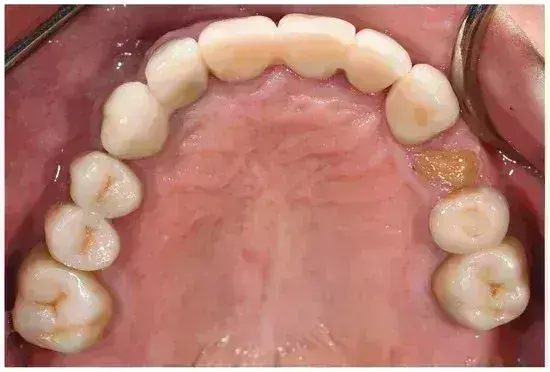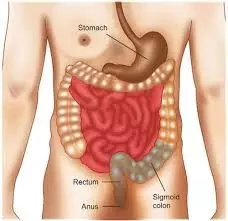Intravascular Imaging guided PCI Safer and more effective compared with angiography guidance

Previous studies have suggested that intravascular imaging-guided percutaneous coronary intervention (PCI) may reduce adverse events compared to angiography guidance alone. However, these studies lacked power to assess specific outcomes like all-cause death and myocardial infarction, and primarily used intravascular ultrasound rather than optical coherence tomography (OCT).
A recent systematic review and meta-analysis aimed to evaluate the comparative performance of intravascular imaging-guided PCI versus angiography-guided PCI, particularly with drug-eluting stents. This study was published in the journal Lancet by Prof. Gregg W Stone and colleagues.
The researchers conducted a comprehensive search of databases including MEDLINE, Embase, and Cochrane from inception to August 30, 2023, for randomized trials comparing intravascular imaging-guided PCI (intravascular ultrasound or OCT) with angiography-guided PCI. The primary endpoint was target lesion failure, including cardiac death, target vessel-myocardial infarction (TV-MI), or target lesion revascularization. Standard frequentist meta-analysis and network meta-analysis techniques were used to analyze direct and indirect data, respectively.
The key findings of the study were:
-
Twenty-two trials involving 15,964 patients were included, with a mean follow-up duration of 24.7 months.
-
Intravascular imaging-guided PCI demonstrated a decreased risk of target lesion failure compared to angiography-guided PCI (RR 0.71, 95% CI 0.63–0.80, p<0.0001).
-
This reduction was driven by decreased risks of cardiac death (RR 0.55, 95% CI 0.41–0.75, p=0.0001), TV-MI (RR 0.82, 95% CI 0.68–0.98, p=0.030), and target lesion revascularization (RR 0.72, 95% CI 0.60–0.86, p=0.0002).
-
Additionally, intravascular imaging guidance lowered the risks of stent thrombosis (RR 0.52, 95% CI 0.34–0.81, p=0.0036), all myocardial infarction (RR 0.83, 95% CI 0.71–0.99, p=0.033), and all-cause death (RR 0.75, 95% CI 0.60–0.93, p=0.0091).
-
Similar outcomes were observed for OCT-guided and intravascular ultrasound-guided PCI.
Intravascular imaging guidance, whether using OCT or intravascular ultrasound, improves both safety and effectiveness of PCI compared to angiography guidance alone. This approach reduces risks of death, myocardial infarction, repeat revascularization, and stent thrombosis, enhancing patient outcomes in coronary stent implantation procedures.
Reference:
Stone, G. W., Christiansen, E. H., Ali, Z. A., Andreasen, L. N., Maehara, A., Ahmad, Y., Landmesser, U., & Holm, N. R. Intravascular imaging-guided coronary drug-eluting stent implantation: an updated network meta-analysis. Lancet,2024. https://doi.org/10.1016/s0140-6736(23)02454-6
Powered by WPeMatico









